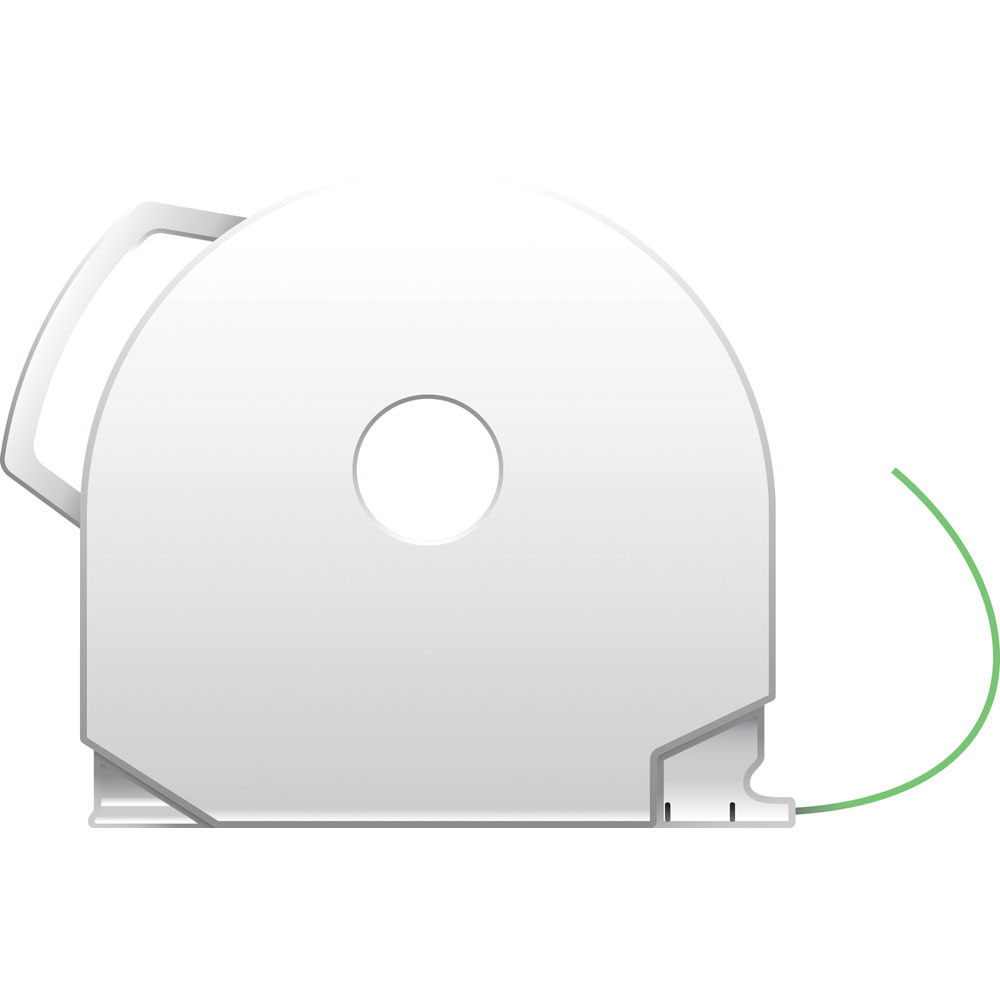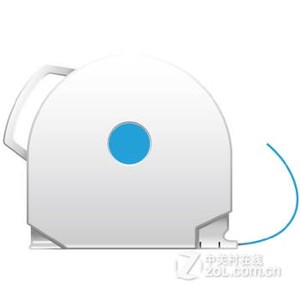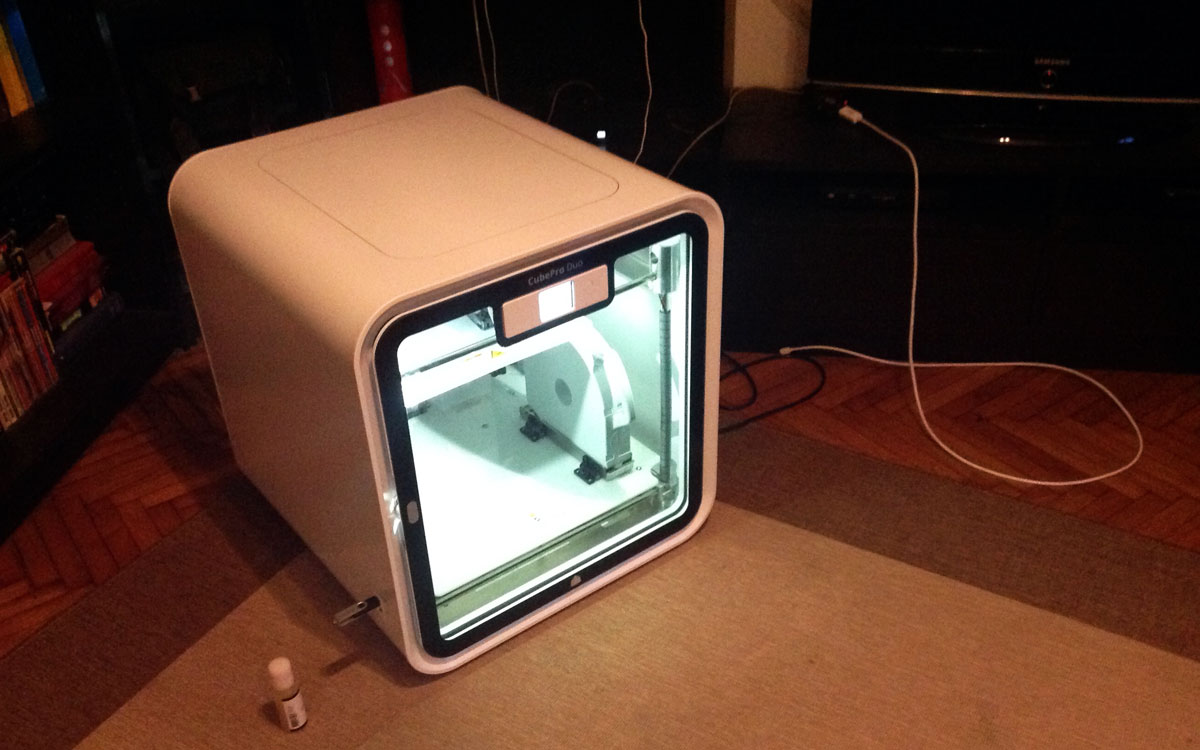

So overall, the big problem now is just that the parts will NOT stick to the platen. Does anyone out there know if I can adjust the height of the nozzles them self on the printhead? My thinking now is that possibly the nozzles are not level on the print head itself.

If I calibrate to the right nozzle, the left is too tight. For some reason I can level the left nozzle (to just lightly grab a piece of paper) but it is always looser under the right nozzle when I do. I have leveled the z-gap as best I can numerous times and I am starting to notice something interesting. I've leveled the plate, both on the machine and off. Speeds and feeds, nozzle temperature, filament diameter are all set and can't be adjusted (that I know of). For the sidewalk, what are the best setting for the sidewalk to avoid curling? If I check "Sidewalk Perforation" in the advanced build setting, will that apply the most of the settings and factors that you are listing are not adjustable on the CubePro. One of my questions regarding the glue is how much is too much / not enough? Also, how long should the glue set up before the print runs? This process is very ambiguous.ģ. Regarding the glue, I definitely have enough on the platen to cover the full build. Have calibrated the machine 10 + times in the past month and it's dialed in.Ģ. This isn't my first 3D printer and I have not had half the problems with other machines that I'm having with the CubePro Duo.ġ. With that said, while I don't expect a machine to "just work", I do expect it to be troubleshootable and work properly once you have it figured out. Sadly, I have tried just about everything that you have suggested all ready and still the parts just won't stick down for some reason. Nozzle to bed gap at Z=0 (should be just enough to slide a piece of copy paper between with a bit of drag)

Nozzle temperature (and bed if it is heated, I'm not specifically familiar with that model)ĪCTUAL diameter of the filament (not the nominal, you will need to measure it) Things to look at/adjust in addition to the items posted above: People have been groomed to expect their technology to just work but in this case, "it just works" doesn't really happen. This is the main reason why imo these things are just not ready for prime time in the consumer space. There are a lot of factors involved in getting a good print and if any one of them is not right the printer won't work. Some models are simply not printable using a FDM machine. Different models will respond differently to those same settings.

Every spool of every material from every manufacturer is going to be slightly different than the next which potentially requires adjustments to your settings. 3D printing is not a science, it's an art. Sounds like you're having very typical consumer level 3d printer issues.


 0 kommentar(er)
0 kommentar(er)
